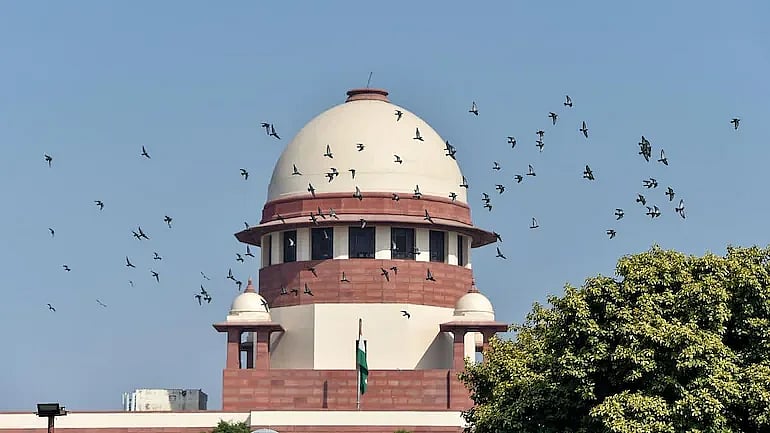While we read stories about the judgements by Supreme Court, many of us don't know when the apex court of India came into existence and how did it happen. Well, we have answers for you, read on.
Supreme Court of India came into existence on 26th January, 1950 and is located on Tilak Marg, New Delhi. The Supreme Court of India functioned from the Parliament House till it moved to the present building.
On the 28th of January, 1950, two days after India became a Sovereign Democratic Republic, the Supreme Court came into being. The inauguration took place in the Chamber of Princes in the Parliament building which also housed India's Parliament, consisting of the Council of States and the House of the People.
It was here, in this Chamber of Princes, that the Federal Court of India had sat for 12 years between 1937 and 1950. This was to be the home of the Supreme Court for years that were to follow until the Supreme Court acquired its own present premises.
After its inauguration on January 28, 1950, the Supreme Court commenced its sittings in a part of the Parliament House. The Court moved into the present building in 1958.
The Supreme Court of India comprises the Chief Justice and 30 other Judges appointed by the President of India. Supreme Court Judges retire upon attaining the age of 65 years. In order to be appointed as a Judge of the Supreme Court, a person must be a citizen of India and must have been, for atleast five years, a Judge of a High Court or of two or more such Courts in succession, or an Advocate of a High Court or of two or more such Courts in succession for at least 10 years or he must be, in the opinion of the President, a distinguished jurist. Provisions exist for the appointment of a Judge of a High Court as an Ad-hoc Judge of the Supreme Court and for retired Judges of the Supreme Court or High Courts to sit and act as Judges of that Court.
The Constitution seeks to ensure the independence of Supreme Court Judges in various ways. A Judge of the Supreme Court cannot be removed from office except by an order of the President passed after an address in each House of Parliament supported by a majority of the total membership of that House and by a majority of not less than two-thirds of members present and voting, and presented to the President in the same Session for such removal on the ground of proved misbehaviour or incapacity. A person who has been a Judge of the Supreme Court is debarred from practising in any court of law or before any other authority in India.
The proceedings of the Supreme Court are conducted in English only. Supreme Court Rules, 1966 are framed under Article 145 of the Constitution to regulate the practice and procedure of the Supreme Court.
(Information taken from main.sci.gov.in/)







.png)



